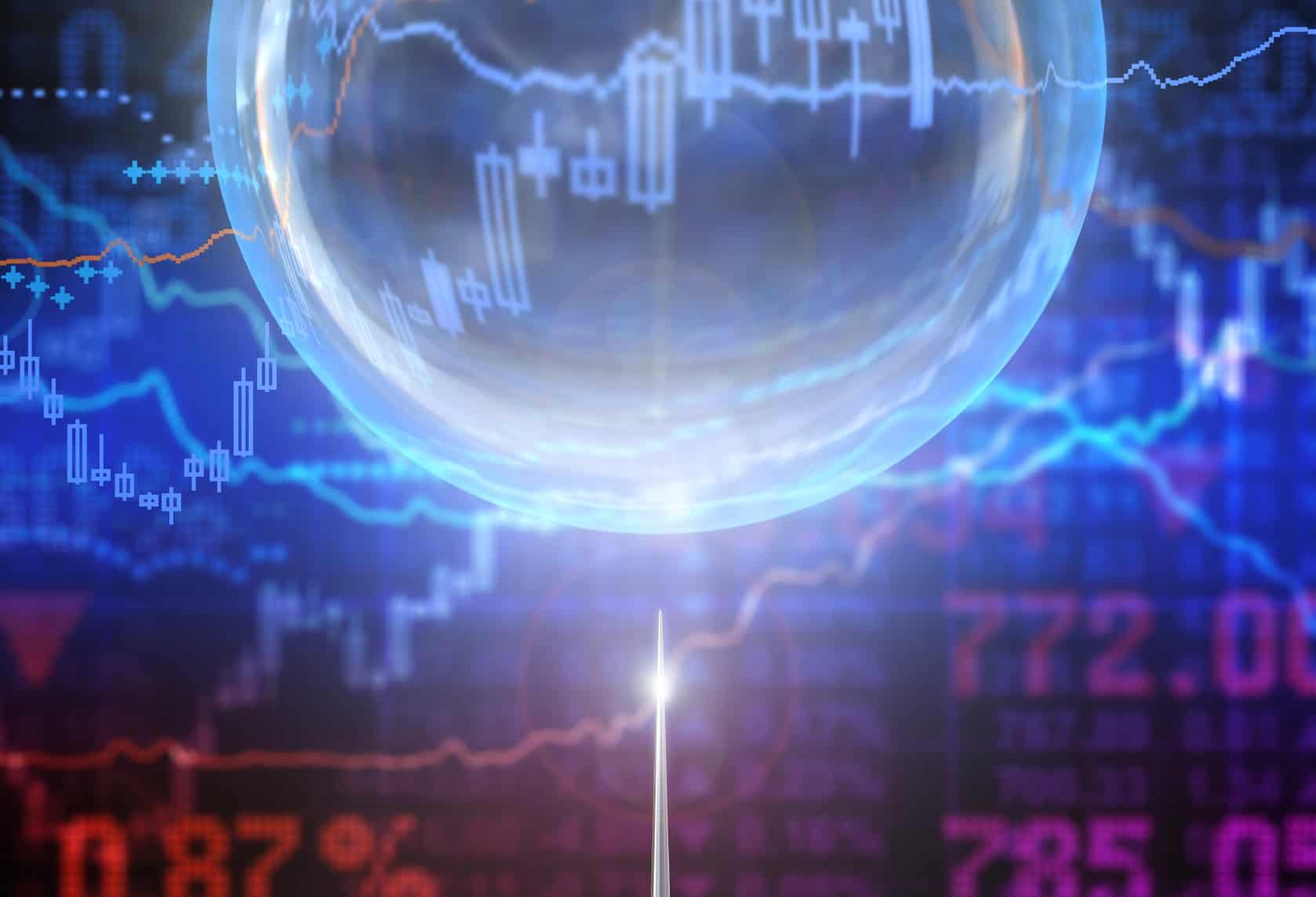Stagflation is a financial market phenomenon in which the inflation rate is high, the economic growth rate slows, and unemployment remains steadily high.
Since 2008, the U.S. financial market has traded with a haunting fear of a return to much higher levels of inflation, combined with low economic growth. However, inflation fears have turned out to be overdone. In 2008, the Consumer Price Index (CPI) stood at 211.4. As of year-end 2015 the index stood at 237.85, an increase of about 1.68% annually (see CPI Data).
Meanwhile nominal economic growth as measured by the Gross Domestic Product (GDP) was $14.6T at the end of 2008, and measured $18.2T at the end of 2015, a growth rate of 3.19% (see GDP Data). Nominal GDP is calculated including inflation, so real economic growth during the time period has been growing at an anemic pace of approximately 1.51%.
Looking at the recent trends in the economic statistics, the growth versus inflation performance is actually better. In 2015 the CPI increased by only 0.72%, while GNP expanded by 3.12%. Again, the numbers have trended toward very low inflation, and low to moderate growth.
A recent MarketWatch article on 3/24/2016, Stagflation could be latest 1970 trend to make a comeback, raised the specter that risk is increasing as the U.S. economic growth is headed for a slowdown; meanwhile inflation is likely to head higher in the next year and beyond.
For stagflation to recur, according to Bank of America’s standards, GDP growth would need to slip below 1.4% while the quarterly growth rate for core inflation (ex-energy and food price changes) rises above 2.3%.
Looking at general economic trends, the forecast for stagflation this time around has a greater likelihood of being borne out in future economic results.
The real issue is whether the Fed extreme policy of leaving rates at 0% for so long has set the stage for the stagflation to return. In the 1960s and 70s, the Fed monetary policy was very similar in approach to the current policy – they lowered interest rates substantially to encourage unemployment to fall.
So, is the market defying gravity? When combined with a Federal Reserve that is hesitant to take action to return interest rates to a historical normal level, the odds are now much higher for stagflation to return as it did in the 1970s. All this said, the U.S. economy has a long way to go before the situation can return to the extreme situation faced in the 1970s. These issues take time to materialize.
If you have questions about this phenomenon, please contact us to discuss details about your financial plan.

